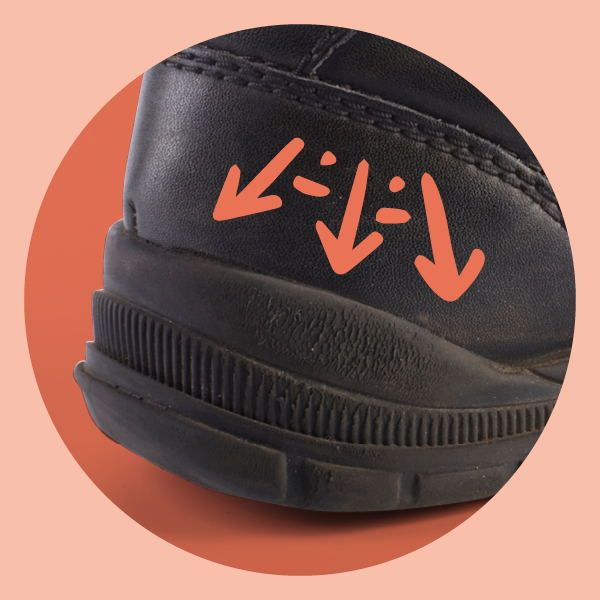Flexibility
We test the vamp (the top part of a shoe that creases when you bend your foot) for creasing or cracking to ensure long-lasting flexibility. A sample of material is folded over two V-shaped clamps, which move to simulate the creasing of a shoe when walking. After a set number of cycles, which we perform both wet and dry and at various temperatures, the sample is assessed for damage.





